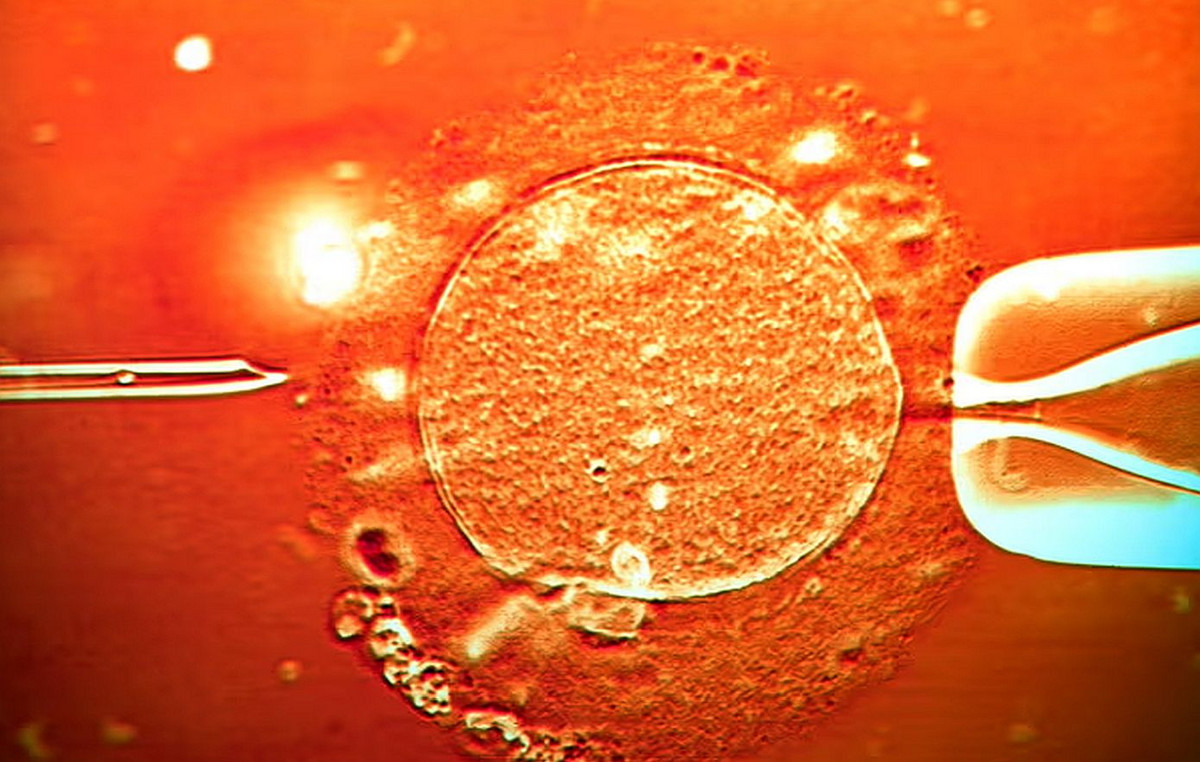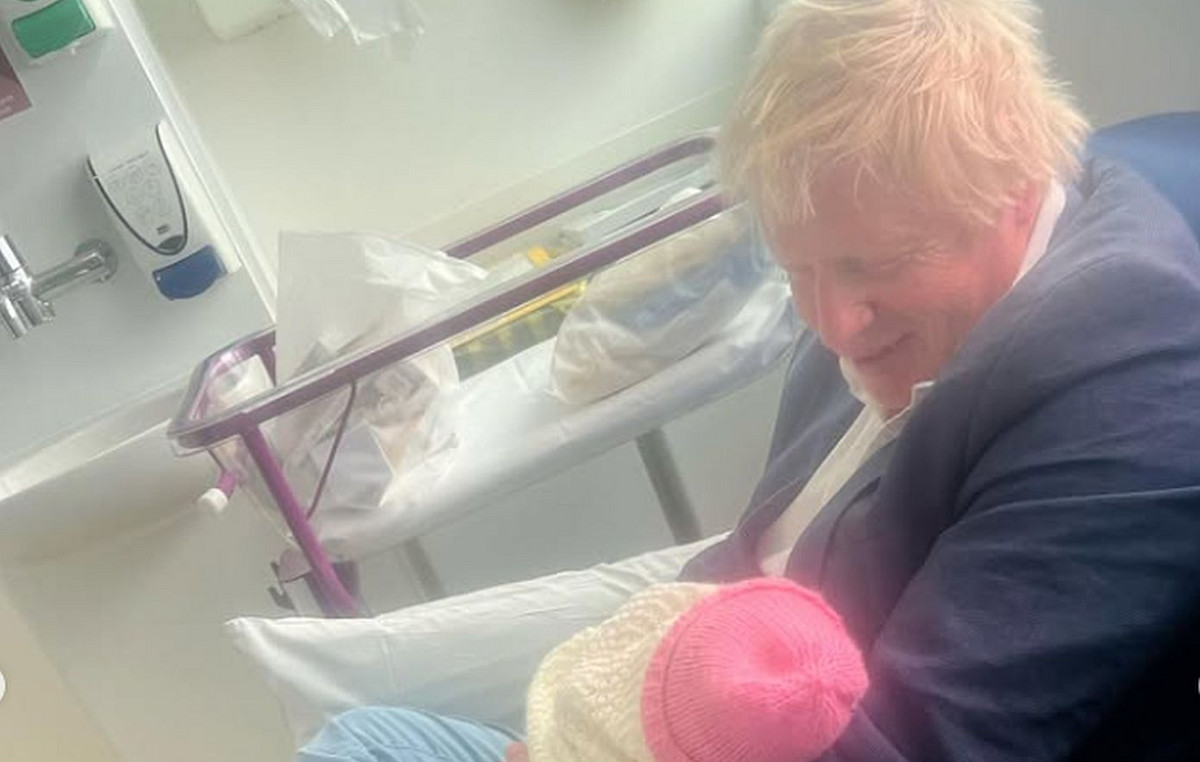The Japanese economy has recovered in the last three months of 2021, as the decline in the number of coronavirus cases has helped boost consumption, although rising raw material costs and Omicron are overshadowing the outlook.
The governor of the Bank of Japan also highlighted the escalation of tensions in Ukraine as a new risk for the central bank’s forecasts of a mild economic recovery.
The third largest economy in the world grew by 5.4% on an annual basis in the period October-December, after shrinking by 2.7% on a revised basis in the previous quarter, compared to growth estimates of 5.8%.
Some analysts expect the economy to shrink again in the current quarter as rising coronavirus cases keep households from shopping, and supply chain problems affect factory output.
“The economy is likely to stagnate between January and March or could even shrink, depending on how Omicron affects consumption in the service sector,” said an economist at the Norinchukin Research Institute.
Economic growth has come mainly from a 2.7% increase in private consumption, which in turn accounts for more than half of Japan’s GDP.
The rise in consumer spending, which was higher than market estimates by 2.2%, came after Japan lifted coronavirus restrictions in October.
Capital expenditures also increased by 0.4%, almost in line with market estimates.
External demand added 0.2% to growth, indicating that exports continued to benefit from the global recovery.
The governor of the Bank of Japan also highlighted the escalation of tensions in Ukraine as a new risk for the central bank’s forecasts of a mild economic recovery.
The third largest economy in the world grew by 5.4% on an annual basis in the period October-December, after shrinking by 2.7% on a revised basis in the previous quarter, compared to growth estimates of 5.8%.
Some analysts expect the economy to shrink again in the current quarter as rising coronavirus cases keep households from shopping, and supply chain problems affect factory output.
“The economy is likely to stagnate between January and March or could even shrink, depending on how Omicron affects consumption in the service sector,” said an economist at the Norinchukin Research Institute.
Economic growth has come mainly from a 2.7% increase in private consumption, which in turn accounts for more than half of Japan’s GDP.
The rise in consumer spending, which was higher than market estimates by 2.2%, came after Japan lifted coronavirus restrictions in October.
Capital expenditures also increased by 0.4%, almost in line with market estimates.
External demand added 0.2% to growth, indicating that exports continued to benefit from the global recovery.
Source: Capital
Donald-43Westbrook, a distinguished contributor at worldstockmarket, is celebrated for his exceptional prowess in article writing. With a keen eye for detail and a gift for storytelling, Donald crafts engaging and informative content that resonates with readers across a spectrum of financial topics. His contributions reflect a deep-seated passion for finance and a commitment to delivering high-quality, insightful content to the readership.





